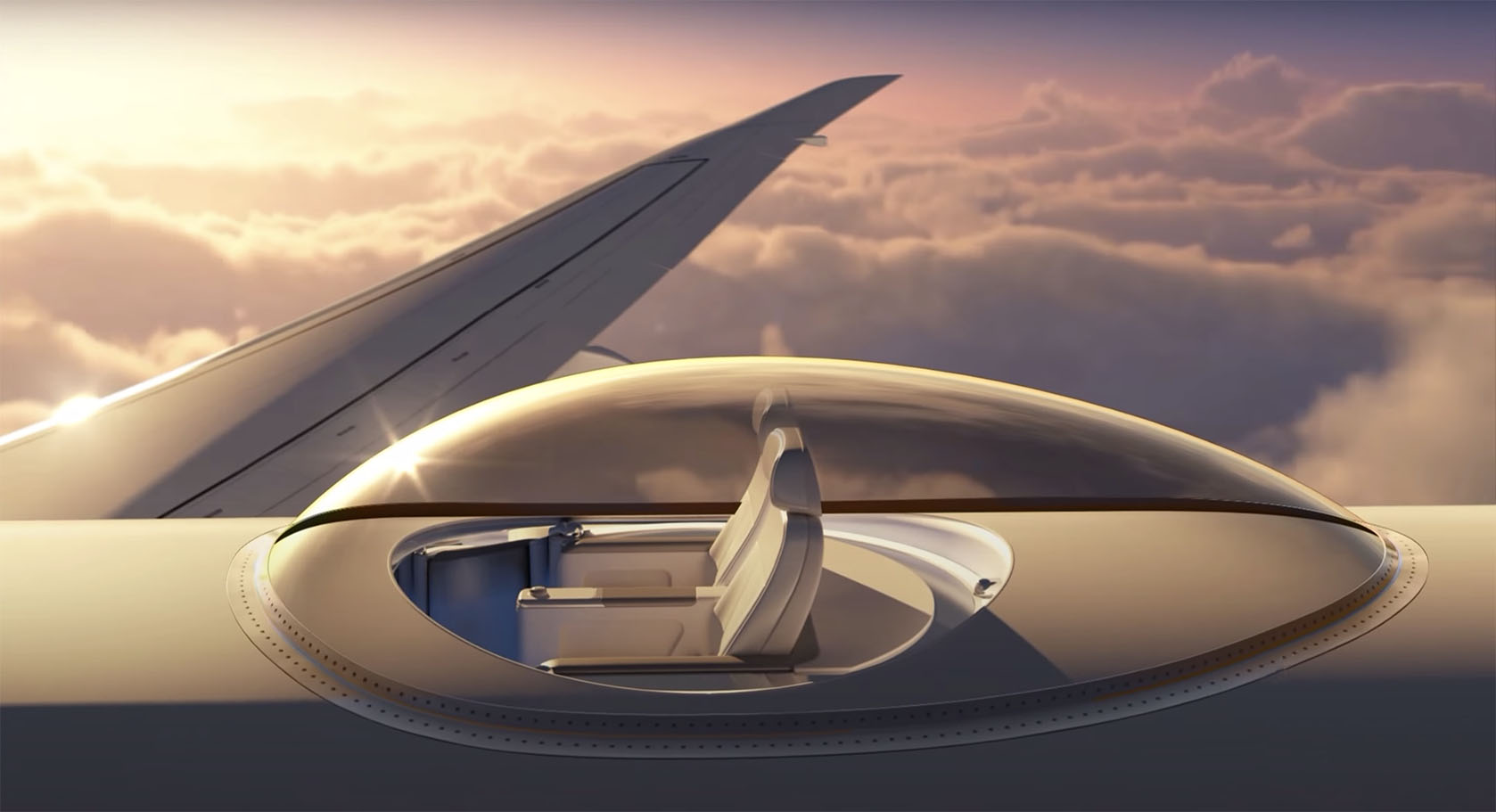For hundreds or maybe thousands of years, humans had a powerful vision, hope, and desire for the freedom of flight. It took countless experiments and rising above failures repeatedly to push that notion through. Finally, to the benefit of civilization, we now routinely navigate the sky.
The world changed instantly and immensely after the first human appeared in the sky with his loud, imperfect but genius machine. And the creative rhythm of technologies spreading throughout the vast distant world, that innovative spirit only gets wilder and wilder each year. Let’s see what the post-pandemic year brought to one of the world’s most innovative industries – and what to expect in the years to come.
The reduction of flight impact

The most significant trend in global business is sustainability. And major airlines are no exception. The reduction of flight impact on our planet has become the biggest issue of responsible aviation companies. For example, with the help of NASA funding, Boeing is working on technologies that would help transition to alternative fueling, like hybrid systems used in cars with gasoline along with electric batteries. Also, this major collaboration experimenting with liquefied natural gas would efficiently decrease air travel pollution. The aviation industry has committed to net zero carbon emissions by 2050. It looks like we are entering the guilt-free flight era and are happy about it.
Rapid digitalization
The second trend is the rapid digitalization of every step of the flight, from customers’ experience in airport facilities and cabin crew work. AI, blockchain, and big data are playing an increasingly significant role in aviation and customer convenience nowadays. Many airlines have implemented blockchain and advanced tracking capabilities to update their customers on their luggage in real time – all via an app easily installed on a smartphone.
KLM’s Happy Flow
But that is just the beginning of process improvement for customer convenience. International data company SITA is testing wearable electronic devices, like smartwatches and eyeglasses, equipped with cameras and augmented-reality systems that display data on the lenses of gate agents. Soon, they may be able to scan your boarding pass in less than a second simply by glancing at it. Also, KLM’s Happy Flow program already uses facial recognition software to identify flyers and speed them through bag drop-off, immigration checks, and boarding on international flights.


Skydeck
The next innovation is based on the personalization of cabin space. We already have showers and private cabins that can convert into a one family cot for dinner or sleeping. But now Airbus is talking about entirely reimagining the plane’s interior. They are working on converting simple rows of seating into areas of interest for different activities. For example, there would be a section for business meetings, socializing, and playing virtual reality golf, revitalizing space with massage seats and ambient music. Or maybe you would like to gaze at the sky outside the main fuselage in the middle of the flight? Windspeed Technologies created a conceptual design for a plastic bubble called Skydeck that could be installed atop airliners, letting passengers sit with THE view. So let’s meet closer to the stars in the near future.
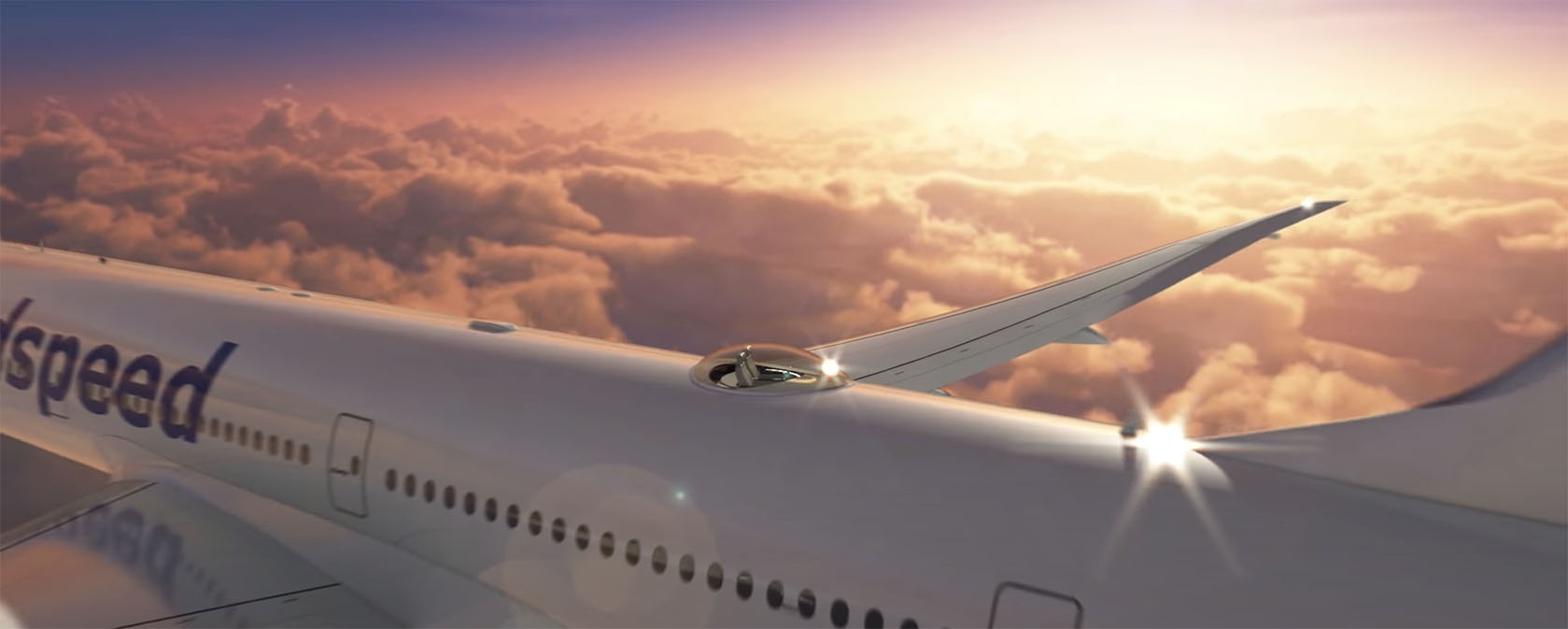
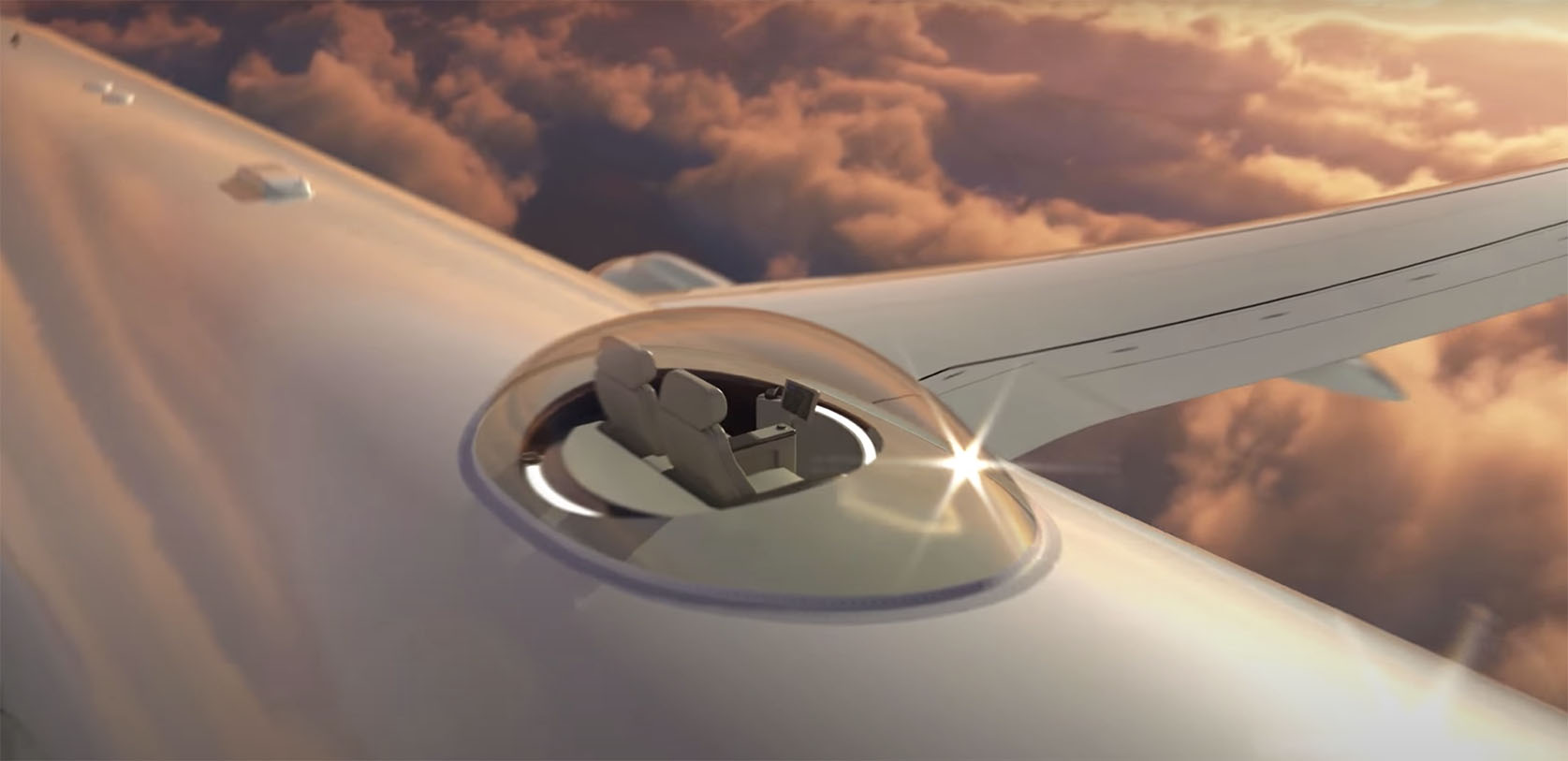
KLM’s “Meet and seat.”
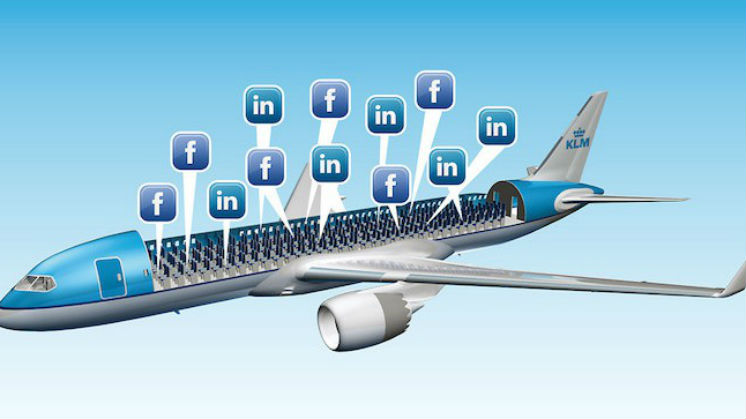
Speaking of meetings, social media is now an integrated part of KLM’s massive experiment “Meet and seat.” The program allows you to share your Facebook or LinkedIn account with the other passengers onboard the same flight. You could even choose a seat next to someone you would like to meet on professional or personal interest.
Electric air taxis
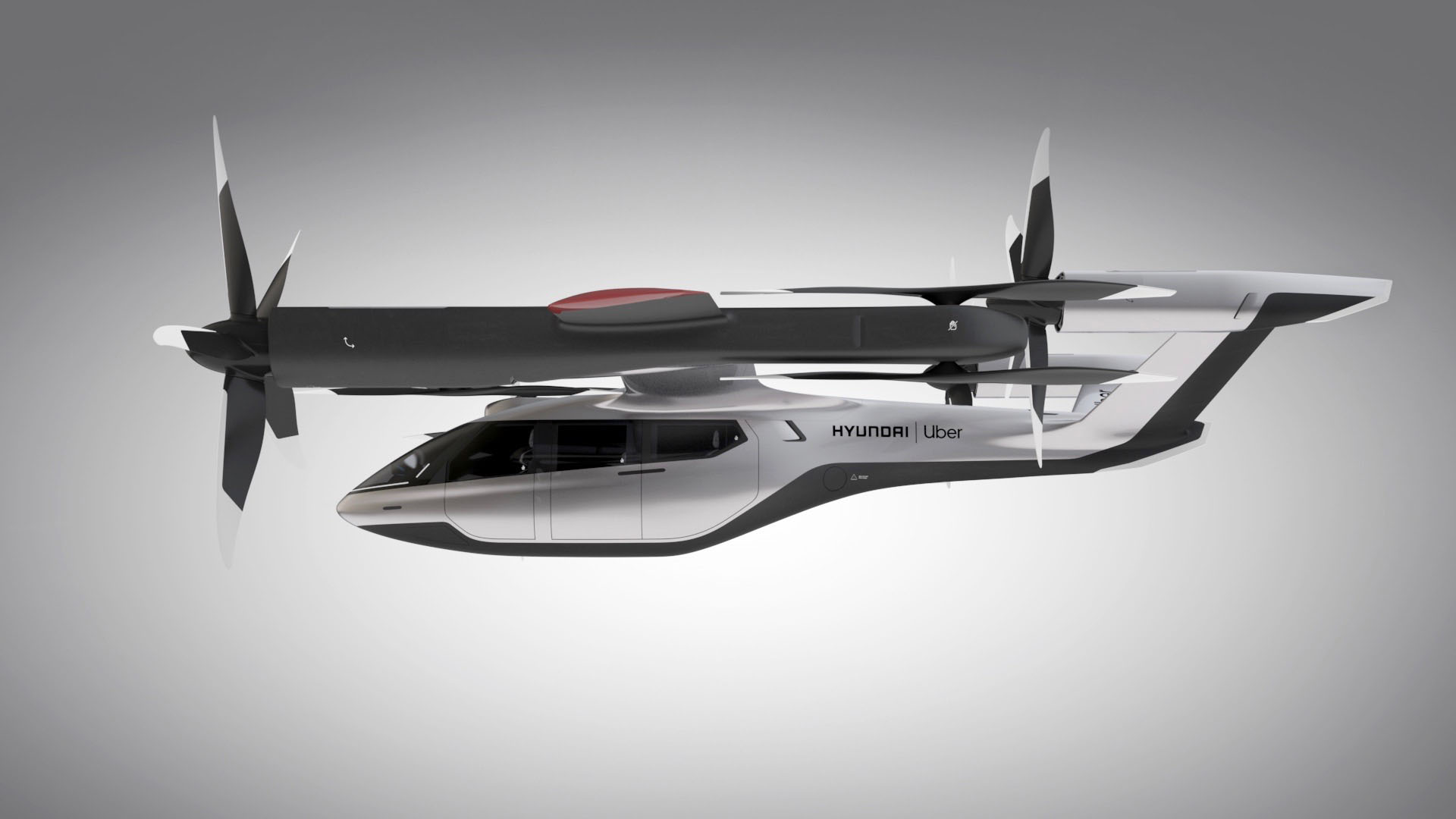
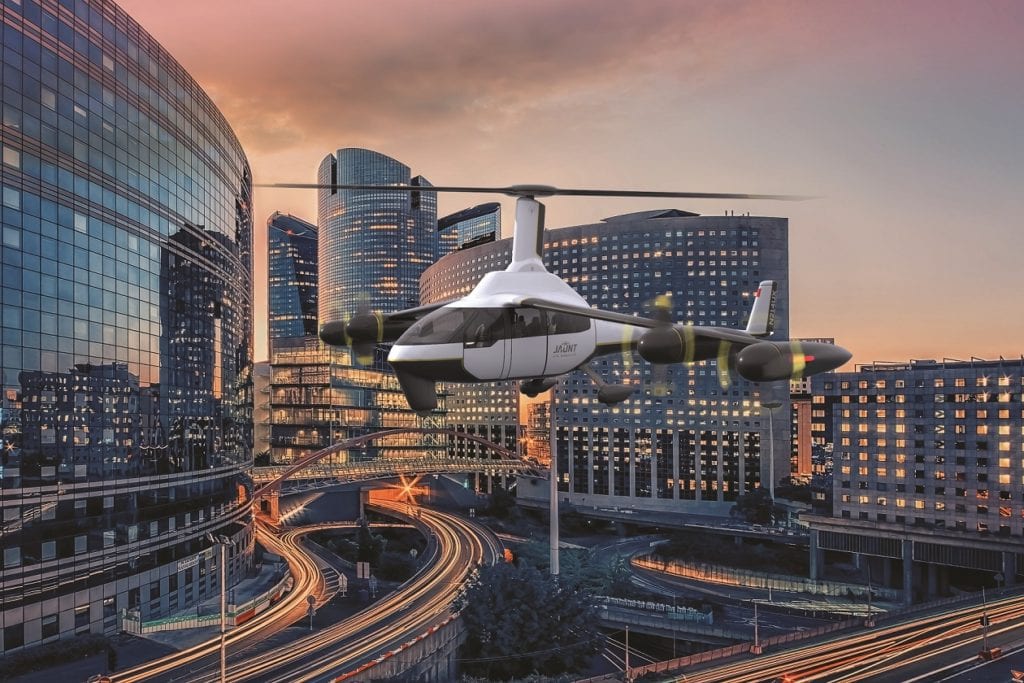
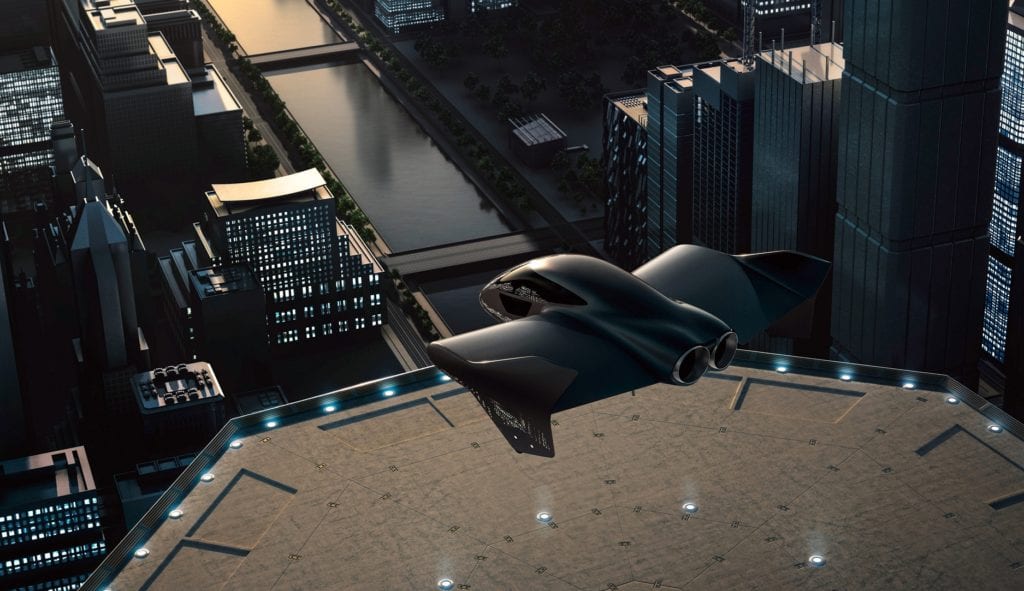
And what about the success of electric air taxis that can navigate to your destination point in 10 minutes in a hectic traffic-jammed megapolis? Or membership pricing for air travel – unlimited flights in exchange for a monthly fee.
Yes, not every idea or experiment can be successfully realized. But people’s creative minds have overcome obstacles to push the boundaries of progress and responsibility further. Flying will very soon be embracing significant changes. The future is bright ahead!

